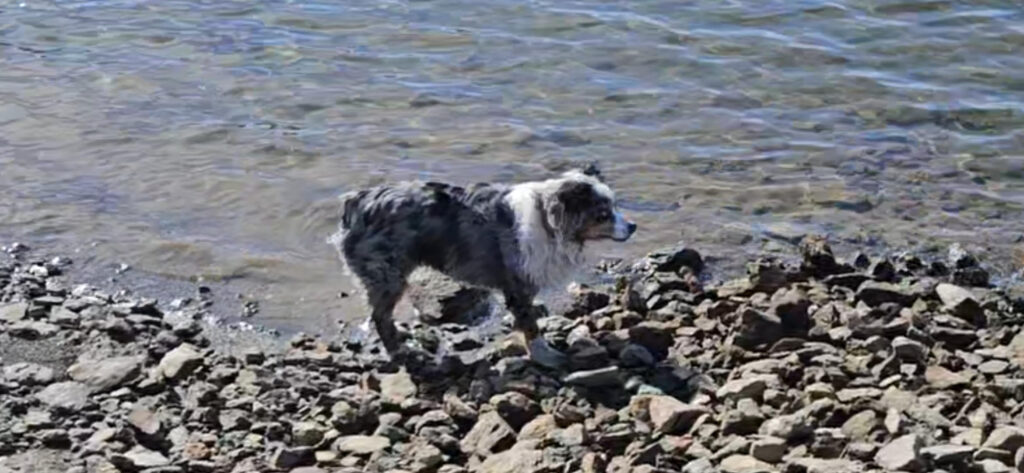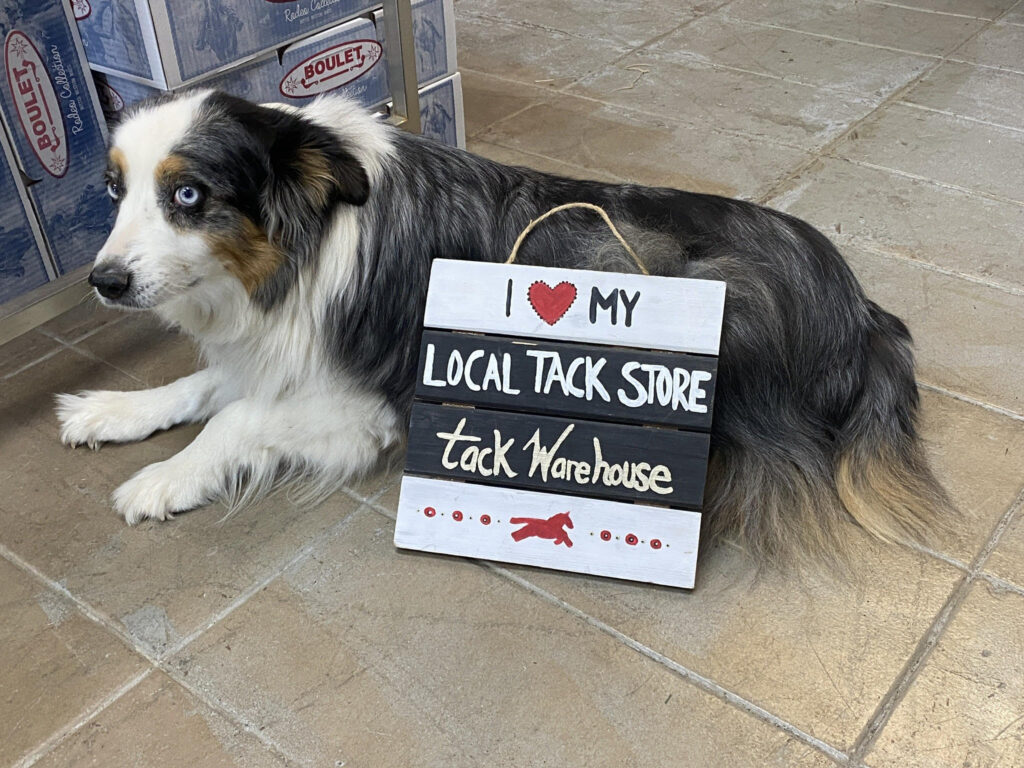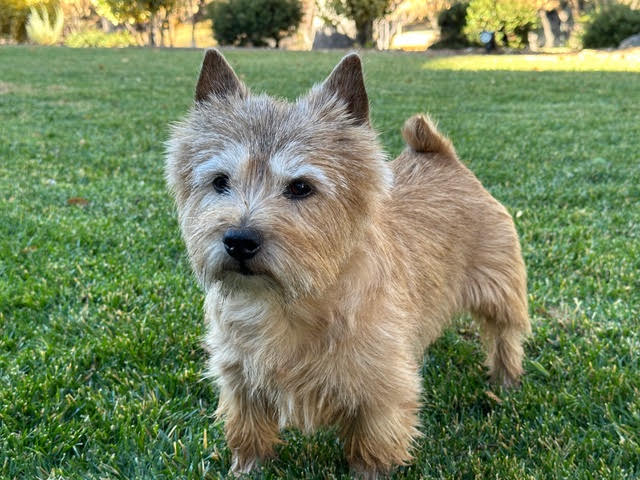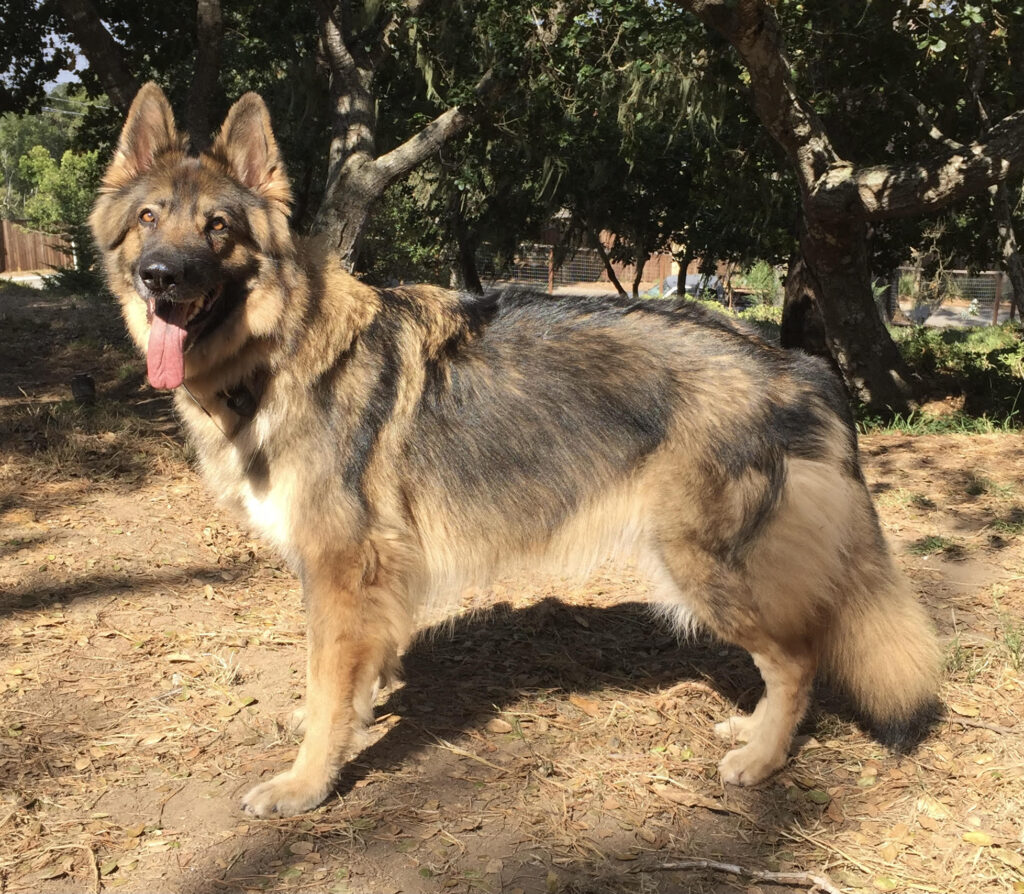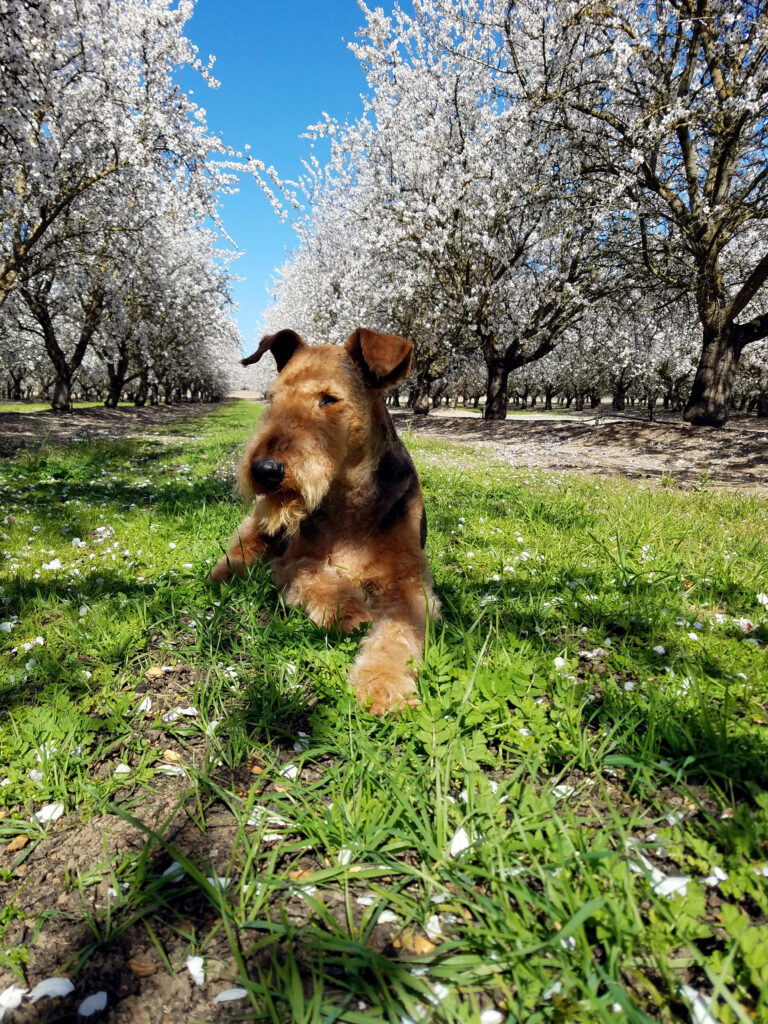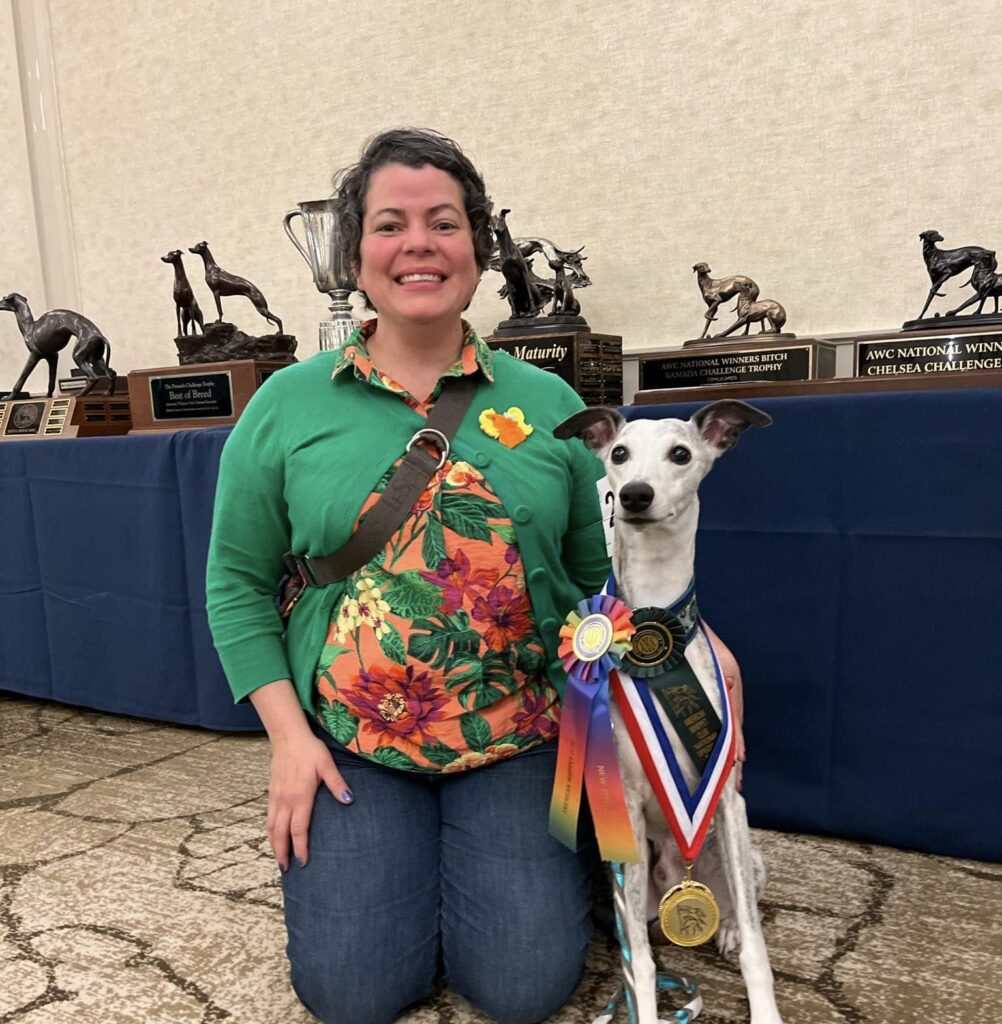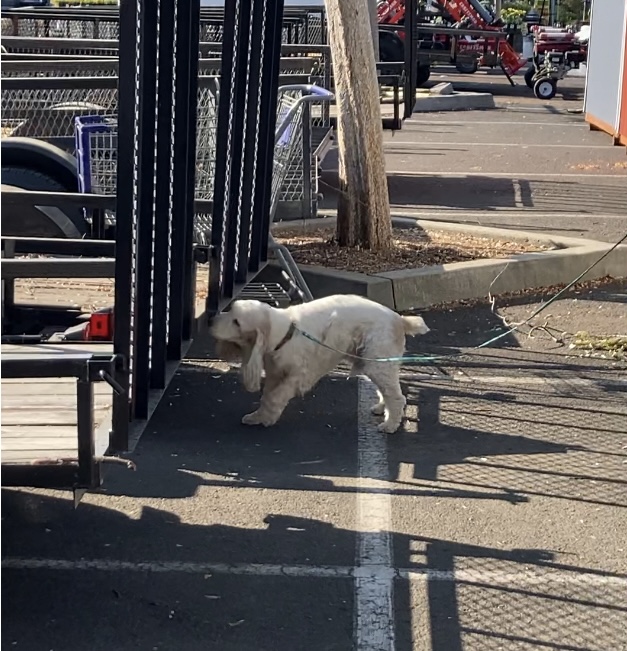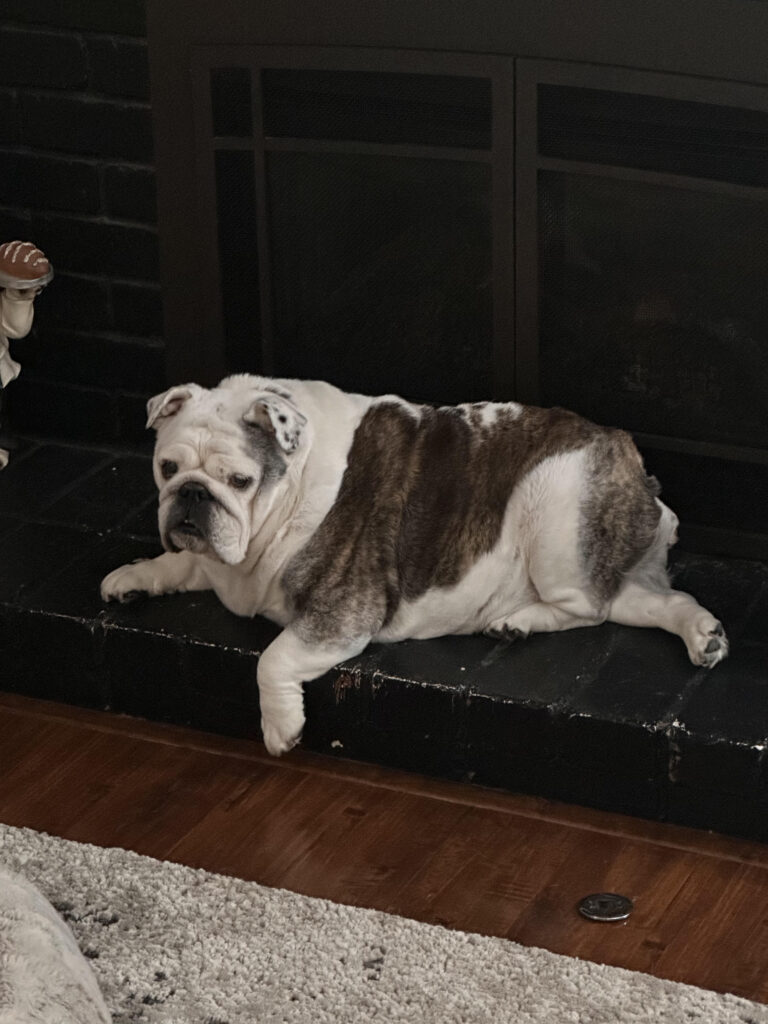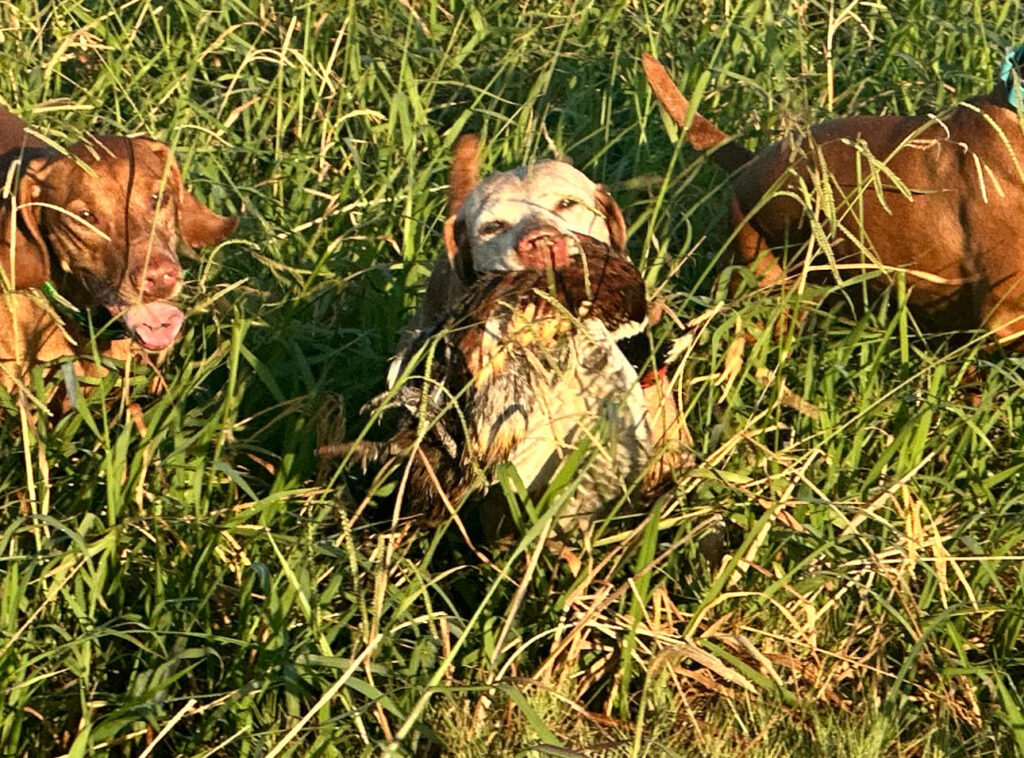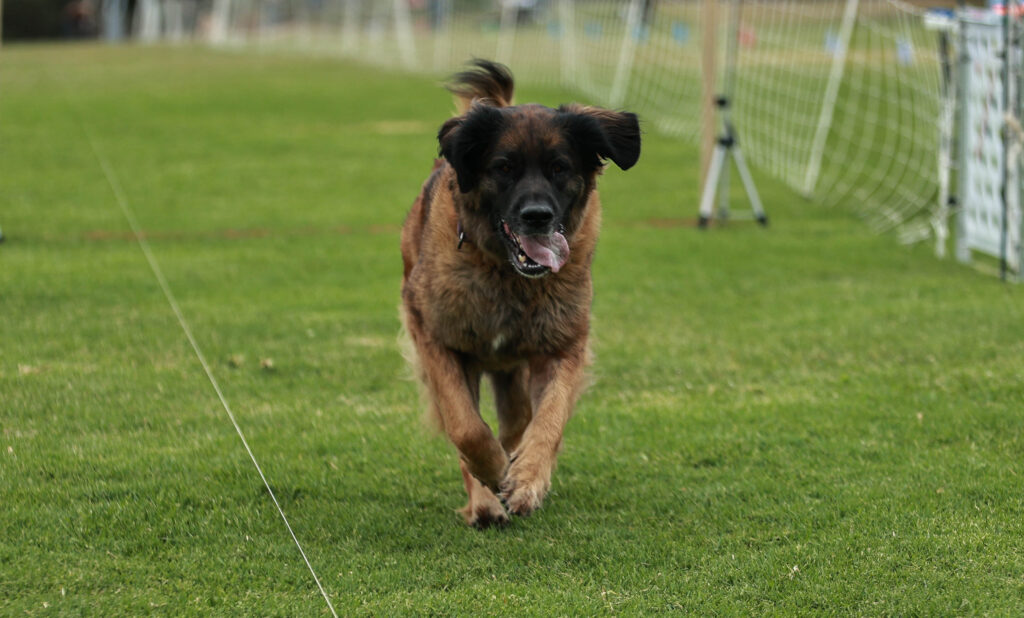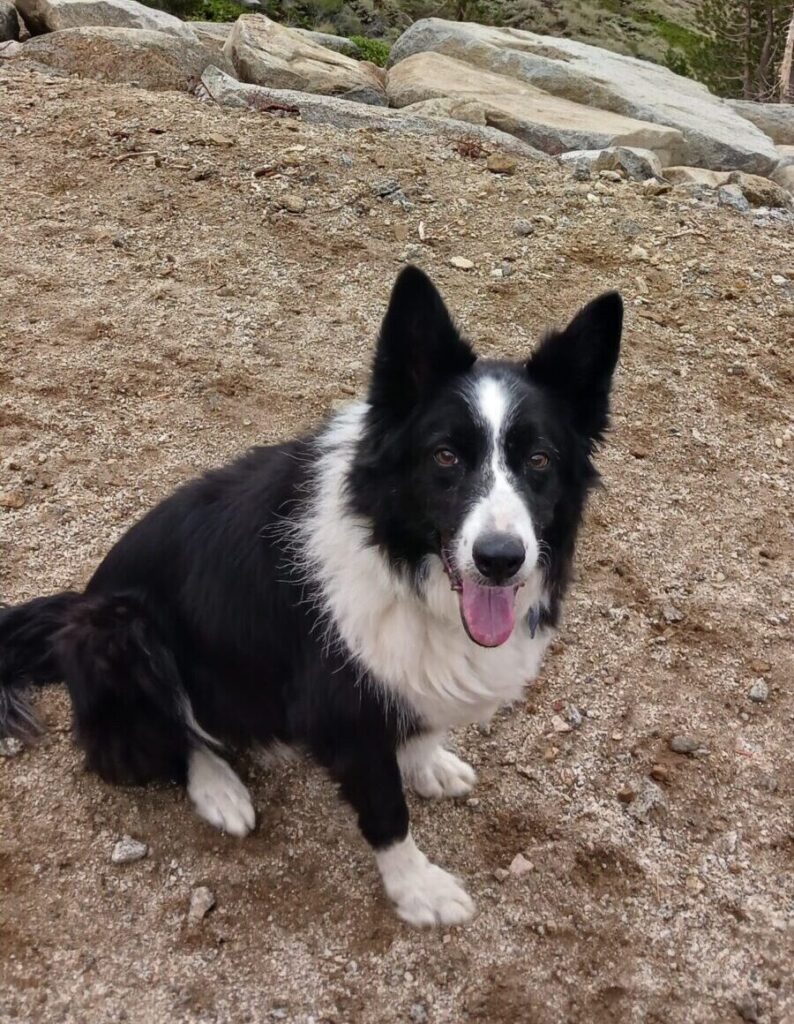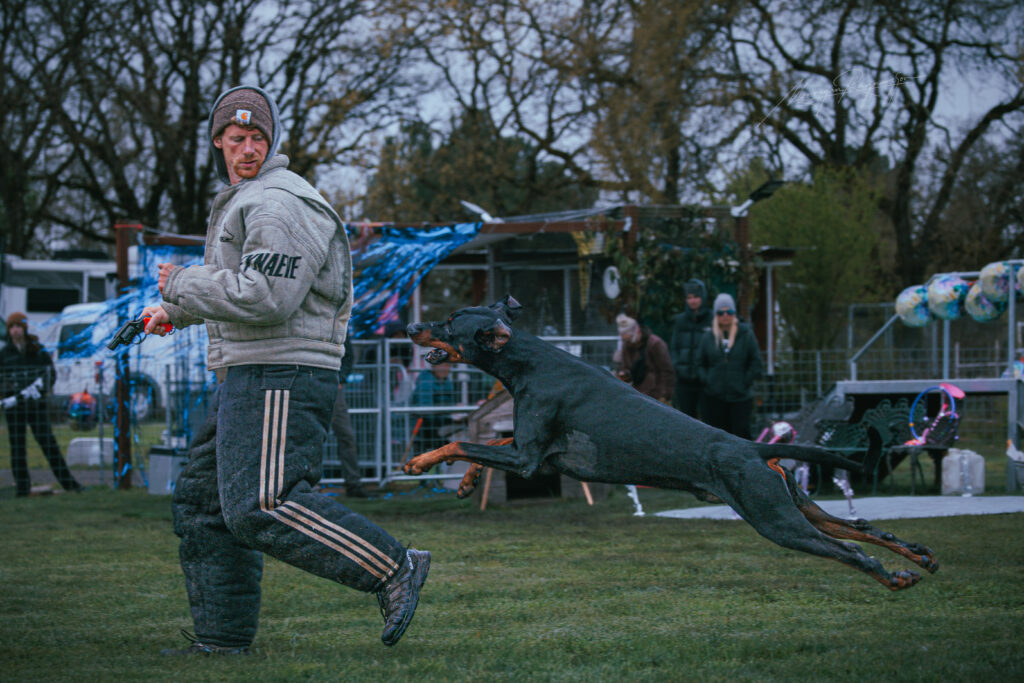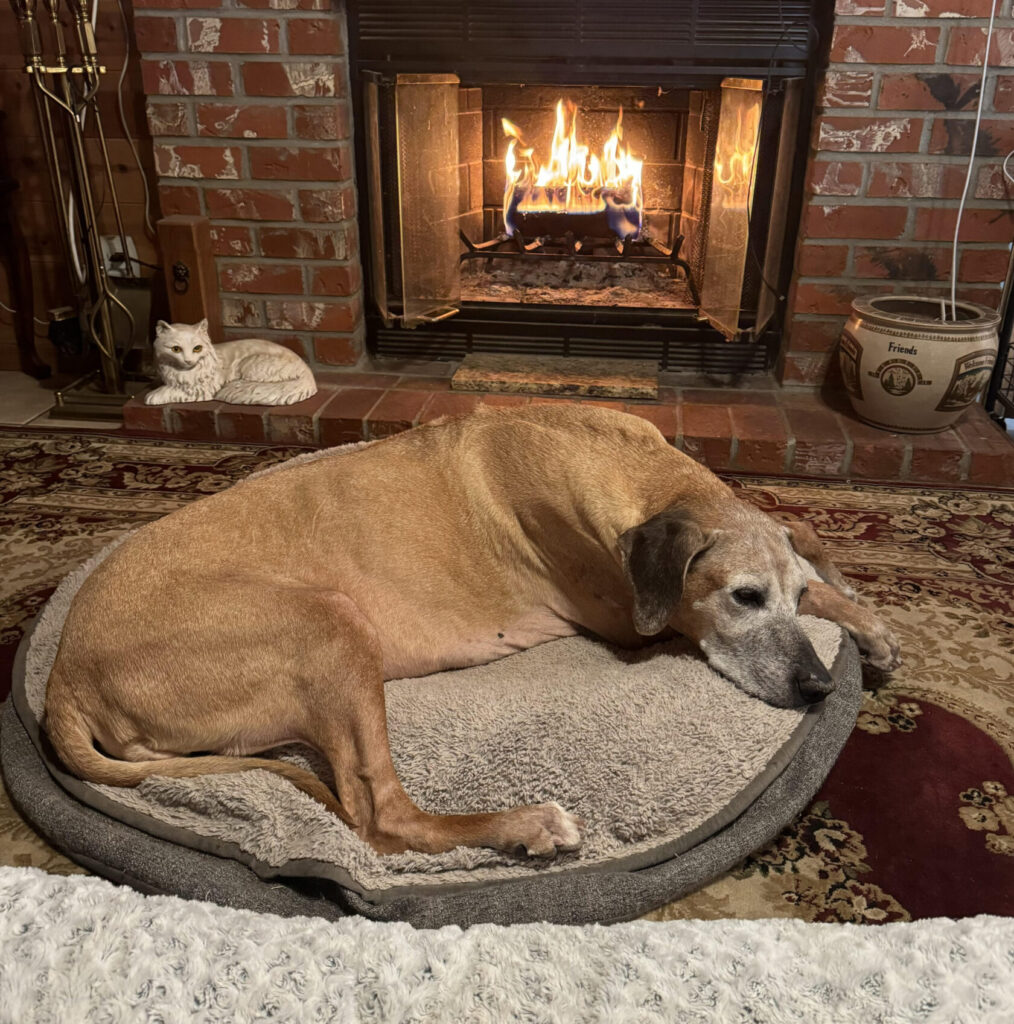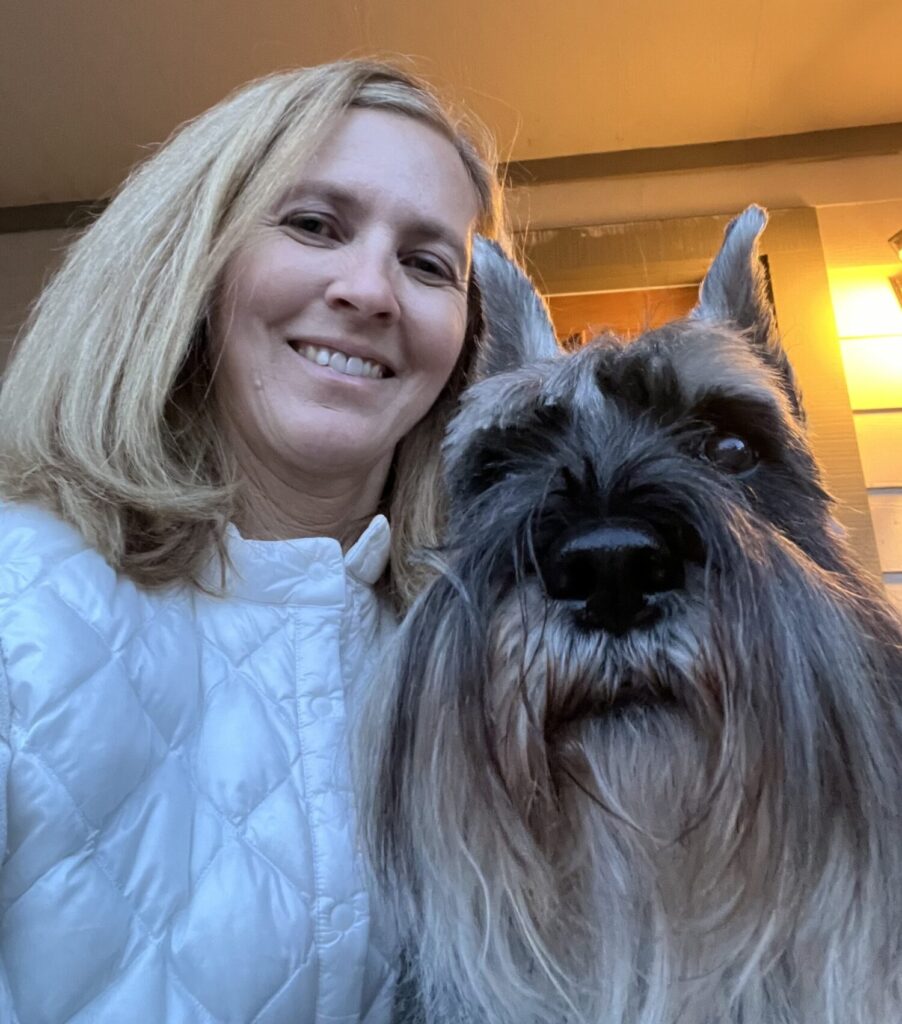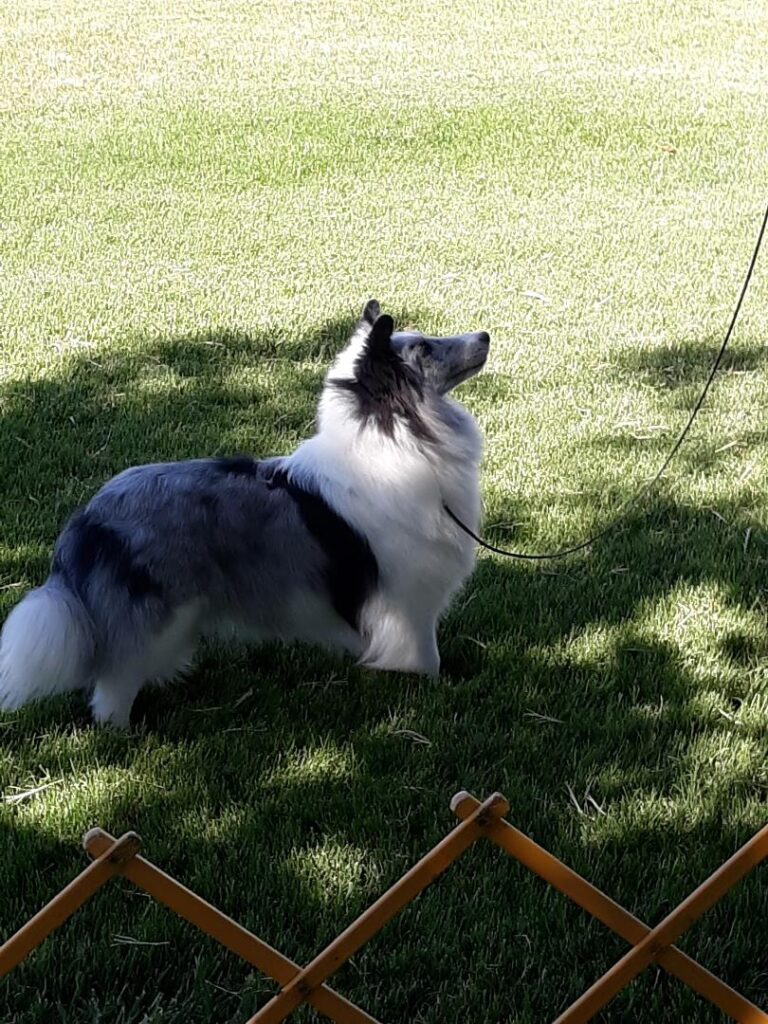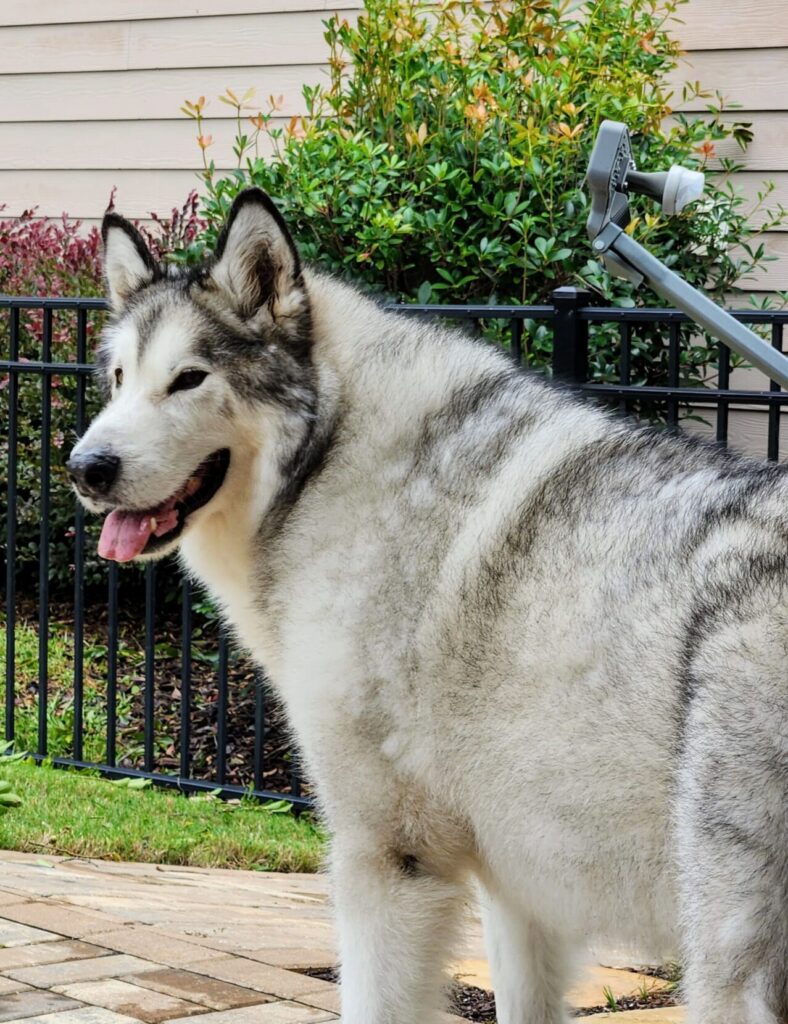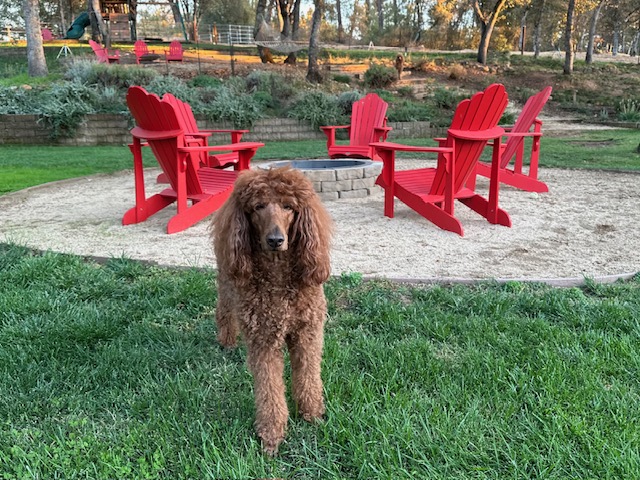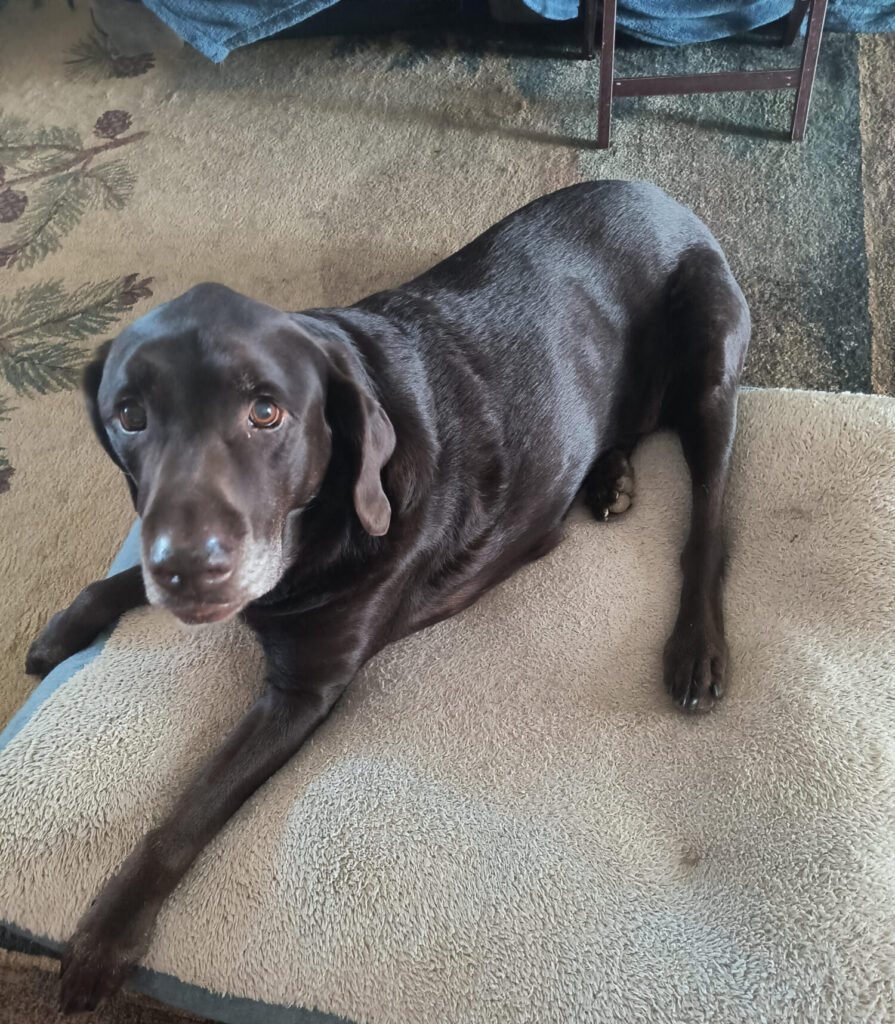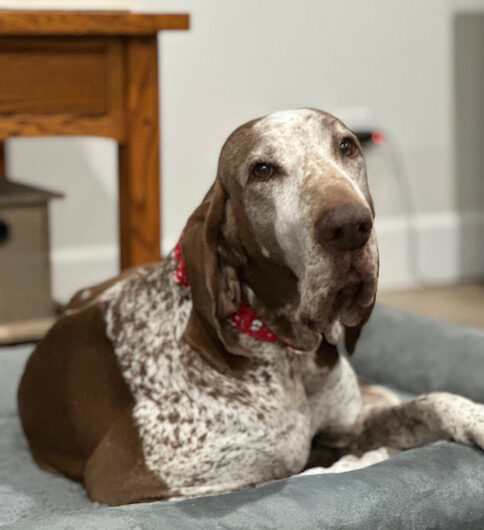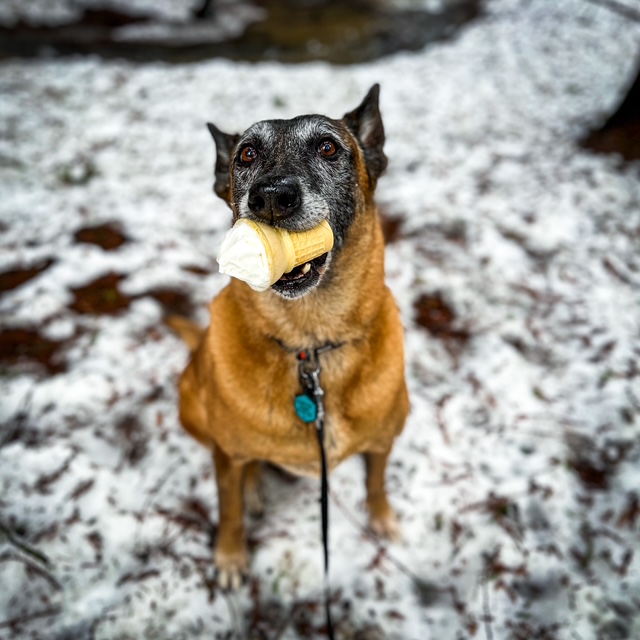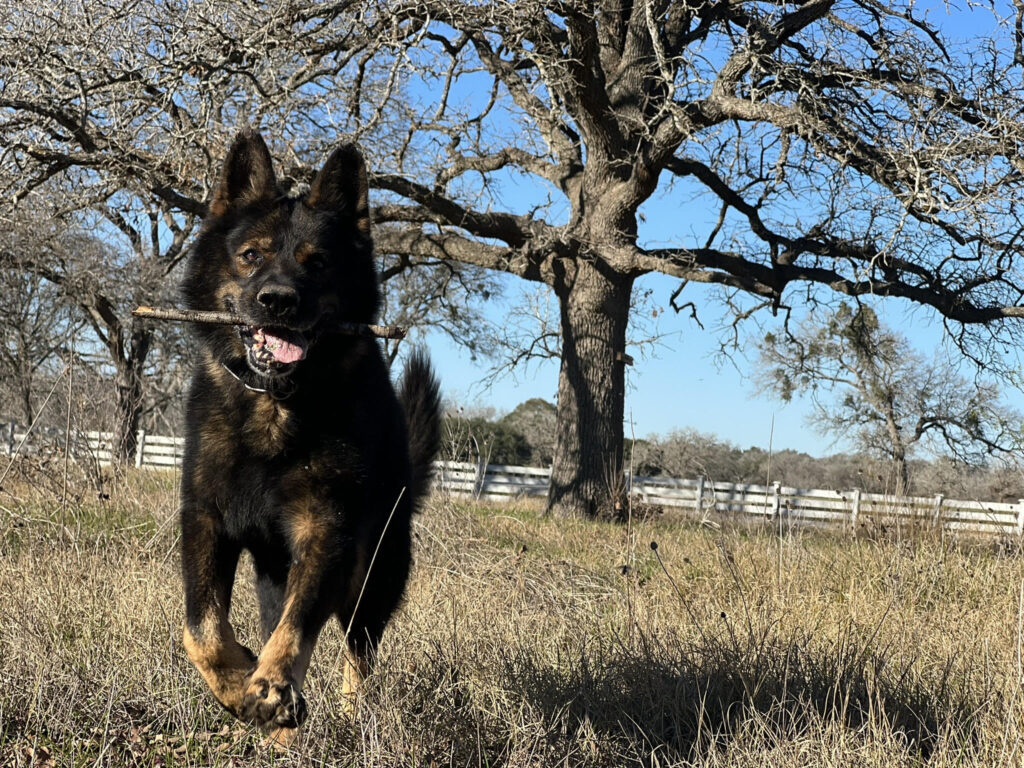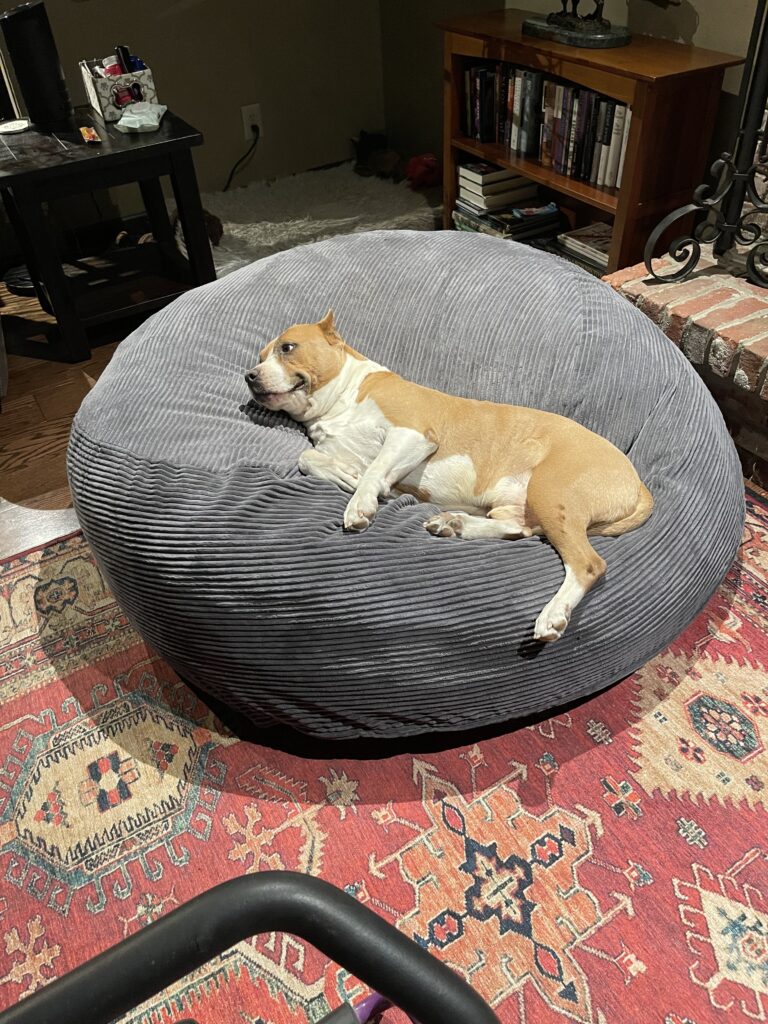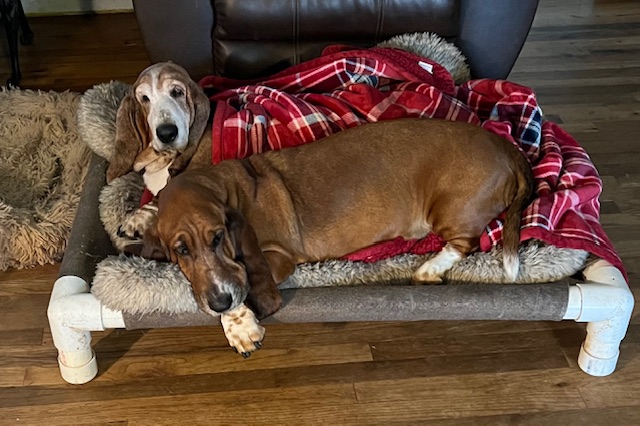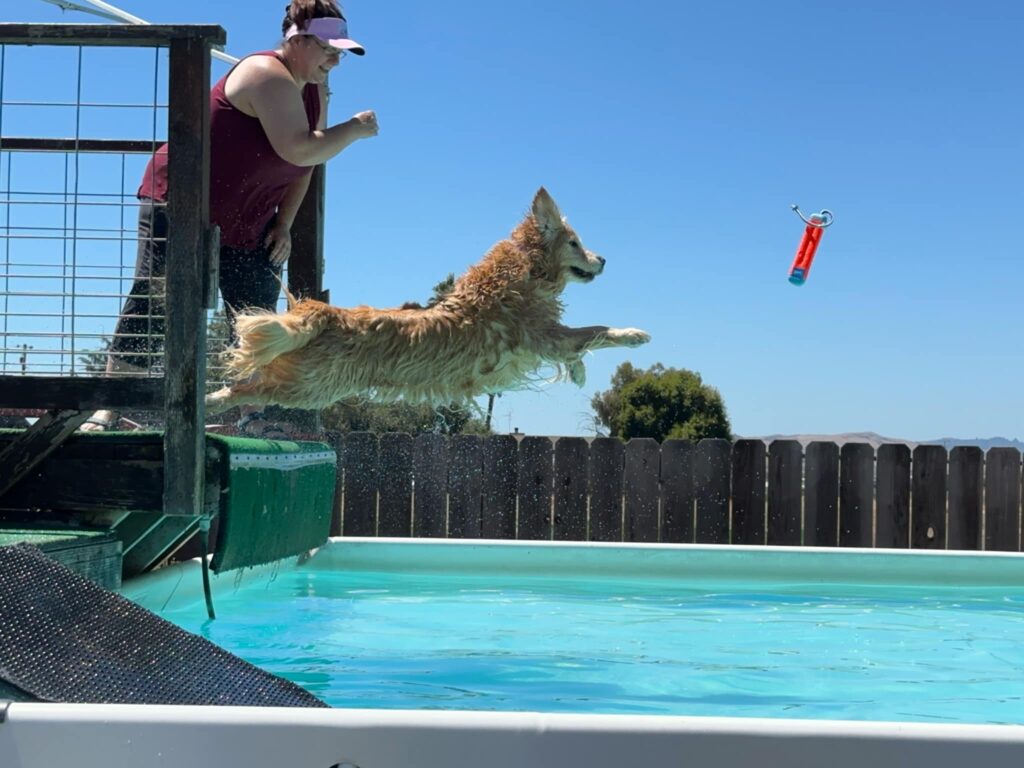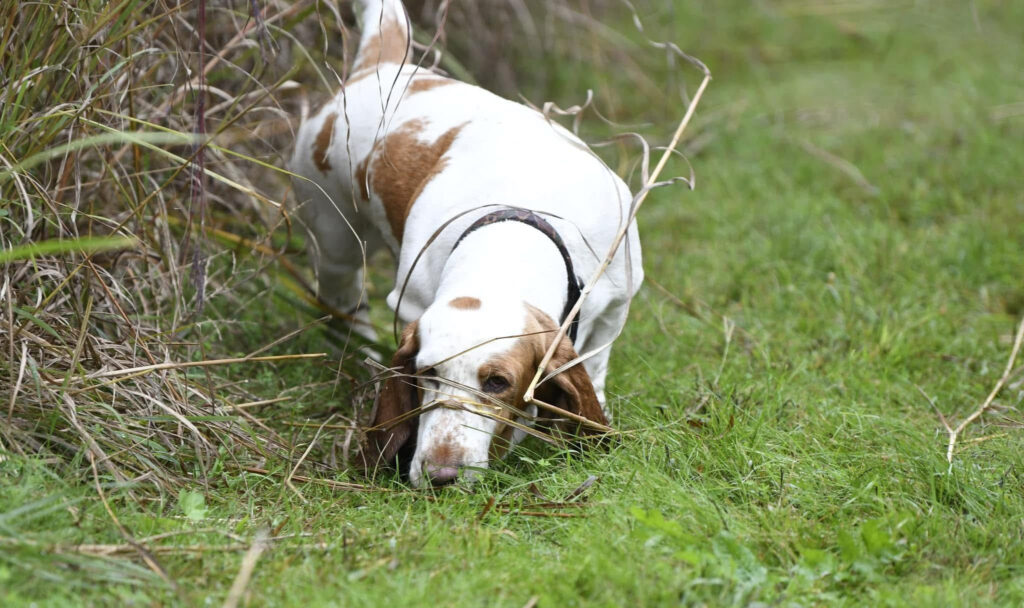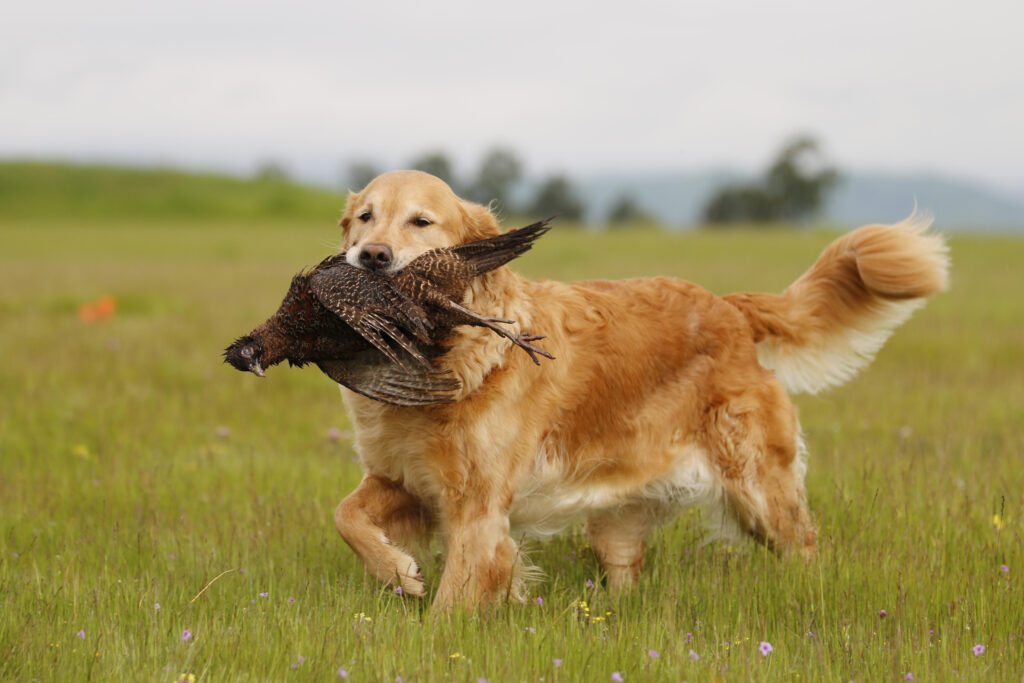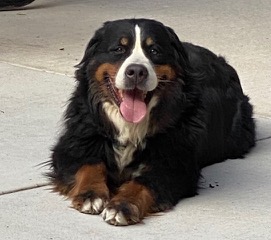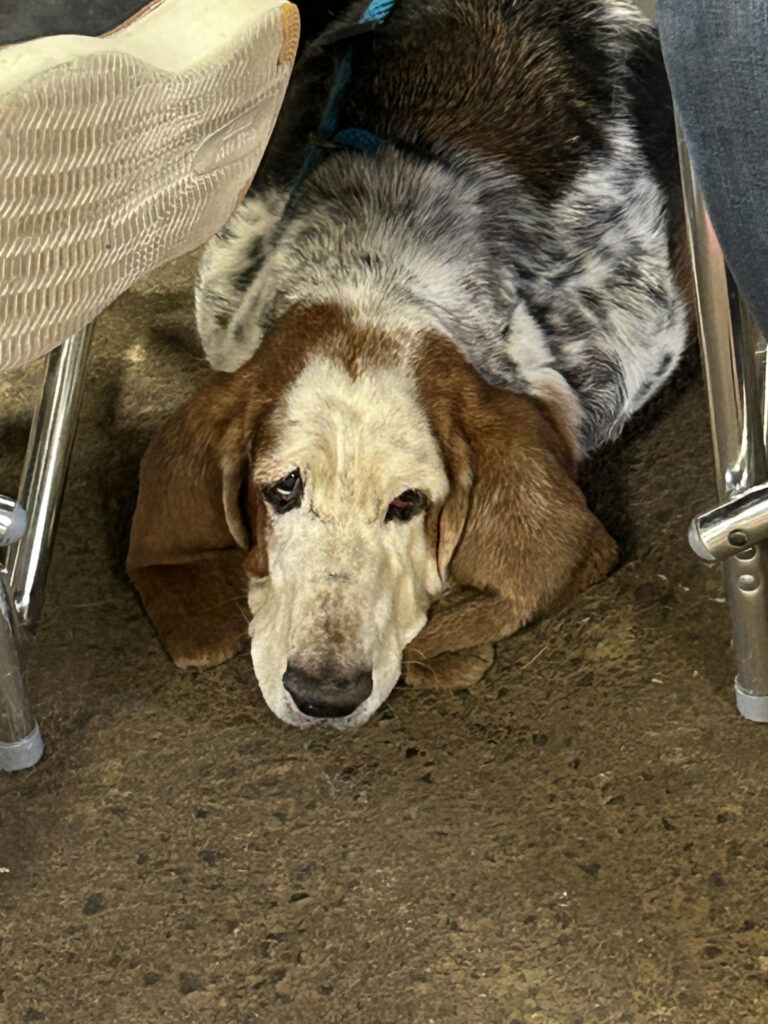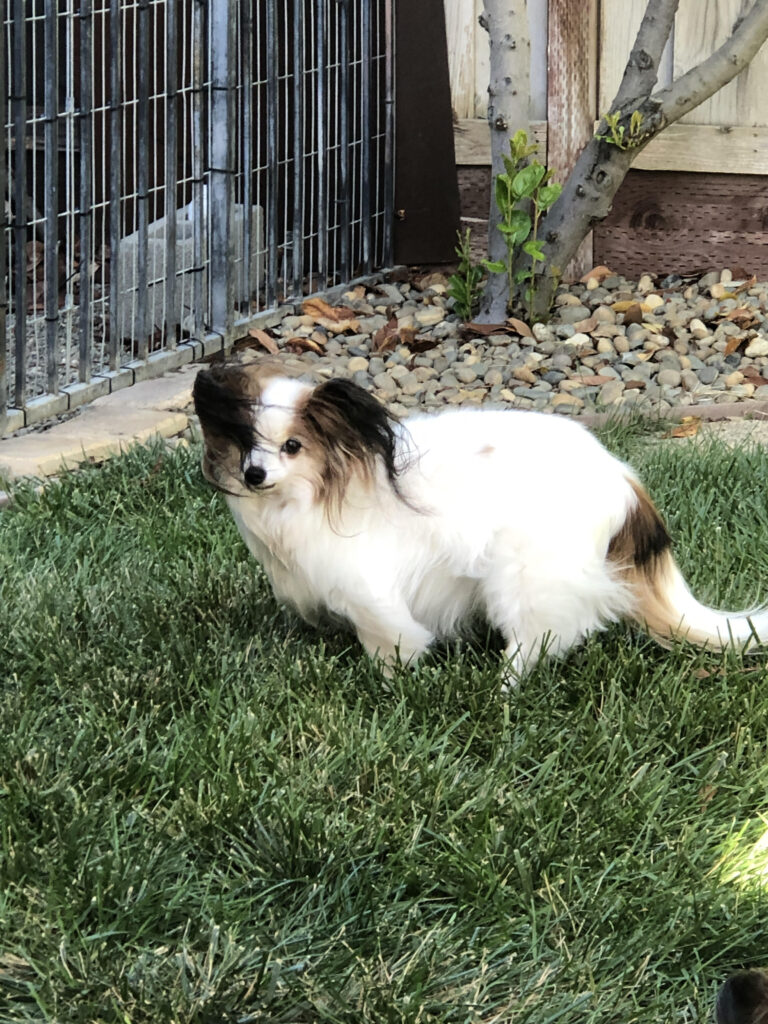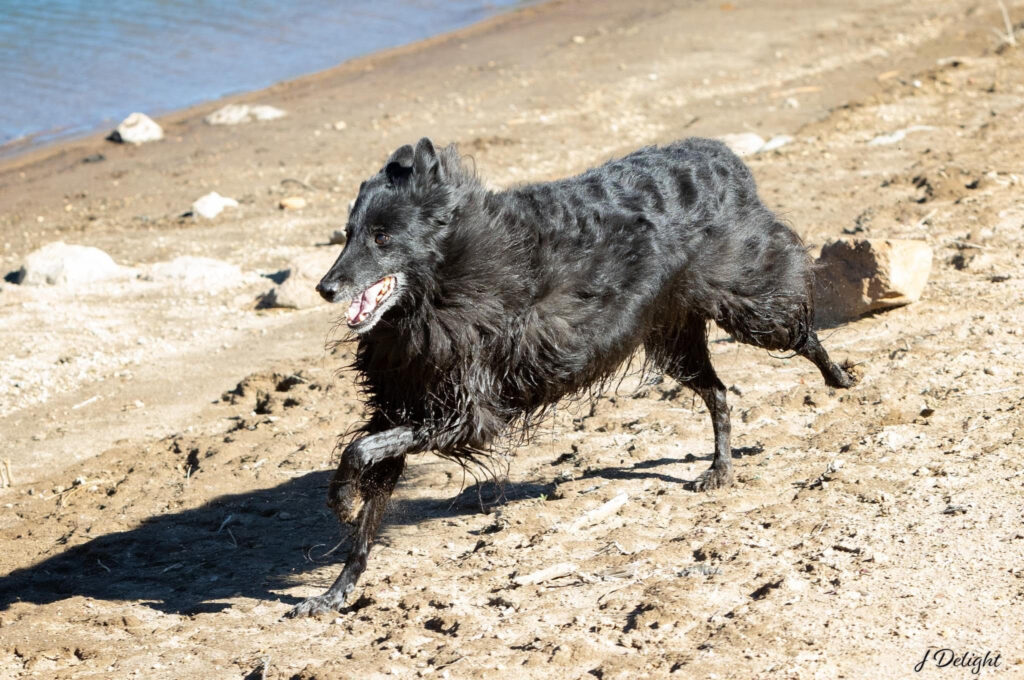The calendar is turning from autumn to winter and it’s chilly, even here in northern California.
It’s safe to say that I’m solidly in my autumn years. My spring and summer years feel like separate lives. Separate people, even. I kept a pretty regular journal when I was younger and when I look back on things I did, said, felt during earlier years it doesn’t feel like me now. When my iPhone shows me pictures from decades past, that person does not look like the person I see in the mirror. When I was a kid it was impossible imagining that older people could ever have been young. Now I have that same perspective looking at myself now and comparing me to myself then. How was it I was ever young? How did the person that I am now evolve from the person I was then? It feels so disjointed. But, those people I see in younger pictures of myself and read about in my journals formed the person I am today. In his poem Ulysses, Alfred, Lord Tennyson says, “I am a part of all that I have met…”
Aging is a mixed bag. Some things have improved, to be sure. I used to be naïve, idealistic, reactionary, petty, and foolish at times. While I haven’t shed these characteristics, they have mellowed. I am definitely more patient and introspective than I used to be. But other things are not better now. My short-term memory and ability to concentrate are not nearly as sharp as they were in my college years. Much of that is because I have so much more on my plate nowadays. But some of that must be due to shortening telomeres. I would have expected more mental resilience with age, but I think that the opposite is true. I was much better at compartmentalizing things when I was younger. If I had a fight with my parents, or a break up with a girlfriend, I could generally “put that in a box” and store it somewhere to be dealt with later while I focused on tasks at hand. Difficulties hit me in a more lasting way now and I bring home to work or work home, which isn’t good. And I’ve got a new bed buddy: insomnia. That was never a problem when I was younger.
And then there’s the physical. Aside from my haircut, nothing has improved physically with age. When I was 20 and living in Budapest, the deepest subway station was Moscow Square (Moszkva Tér; named by the occupying Russians, now renamed Széll Kálmán Tér, after a past prime minister). The escalator descends 126 feet to allow the trains to go underneath the Danube. There are four escalators side-by-side and during quieter hours only two operate. We had this juvenile dare called the Moszkva Tér challenge, which was to run non-stop up one of the stationary escalators. And I did it. I vomited at the top, but I did it. I’ve been back to Budapest many times and I can tell you that there’s no way I could do that anymore. I’m pretty sure the consequences of trying in my current physical shape would be more serious than acid reflux. Like, passing out would be a best-case scenario.

View from the bottom looking up the escalator in Széll Kálmán Square in Budapest, 126 feet below the surface, the site of the “Moszka Tér Challenge” from Dr. Christensen’s younger days.
In my college years, my buddy Max and I used to take a week every summer and spend it backpacking somewhere in the mountain west, usually between 30 and 50 miles over a week. I took very little consideration for the weight of my pack, tossing in everything I thought I might want, including multiple books (journal, birding field guide, two novels—in case I finished the first, a poetry book, and a trail guide), binoculars, spotting scope and tripod, fishing gear, and even fresh fruit, along with the necessary tent, sleeping bag, clothes, cooking gear, water bottles and purification pump, first aid kit, knife, etc. My pack weighed over 70 lbs. At times I struggled with altitude changes (I was living at sea level), but we did it. Every year. Great memories.
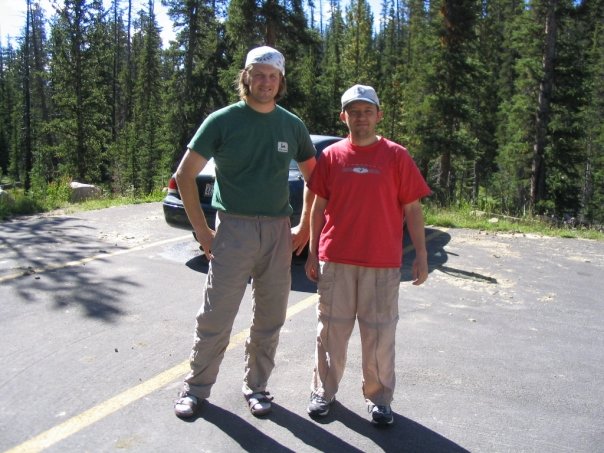
Dr. Christensen and his buddy, Max, in their college years getting ready to head into the Montana wilderness.
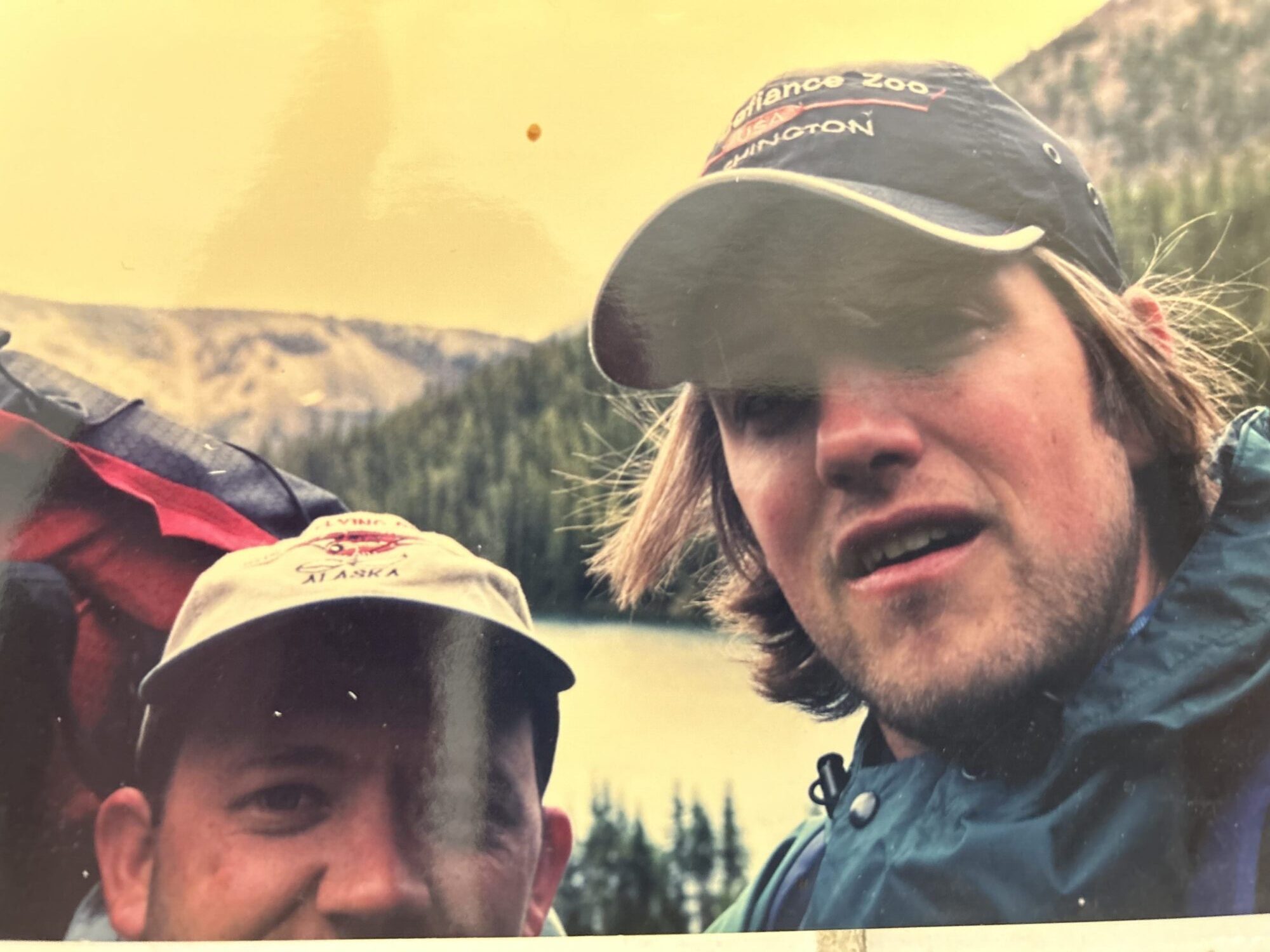
Dr. Christensen and Max taking a selfie (before that was even a thing) at Rainbow Lake in Montana during one of their many multi-day hikes carrying packs that weighed half what they did up and over the Continental Divide.
Two years ago, I spent 12 days hiking in the Sangre de Cristo Mountains in New Mexico with my son, Parker and his scout troop at the Philmont Scout Ranch. We ended up trekking about 74 miles total, with serious elevation gains and losses in altitude (6,500 ft at base and over 12,000 at the peaks). I did it and no one had to carry me out. But I was often one of the last ones to camp, and if I wasn’t last, it was another of the fathers who trailed behind me. Parker literally took the experience in stride. It was with a mixture of pride and self-frustration that I watched him tackle that trip and thrive as he did. It reminded me of hiking when I was his age, hopping from boulder to boulder, sliding down short cliffs, leaping streams with a 70-pound pack on my back, and then sleeping soundly on the hard ground each night. In New Mexico, each of the fathers made sure we had our daily doses of “Vitamin M.” You might know it better as “Motrin.” And there was no hopping, sliding, or leaping. Walking was very deliberate and aided by two hiking sticks. Not as quickly as the scouts. And my pack was never more than 40 pounds. All fruit was dehydrated. But I did it. And it was a life experience with my son I will never forget.
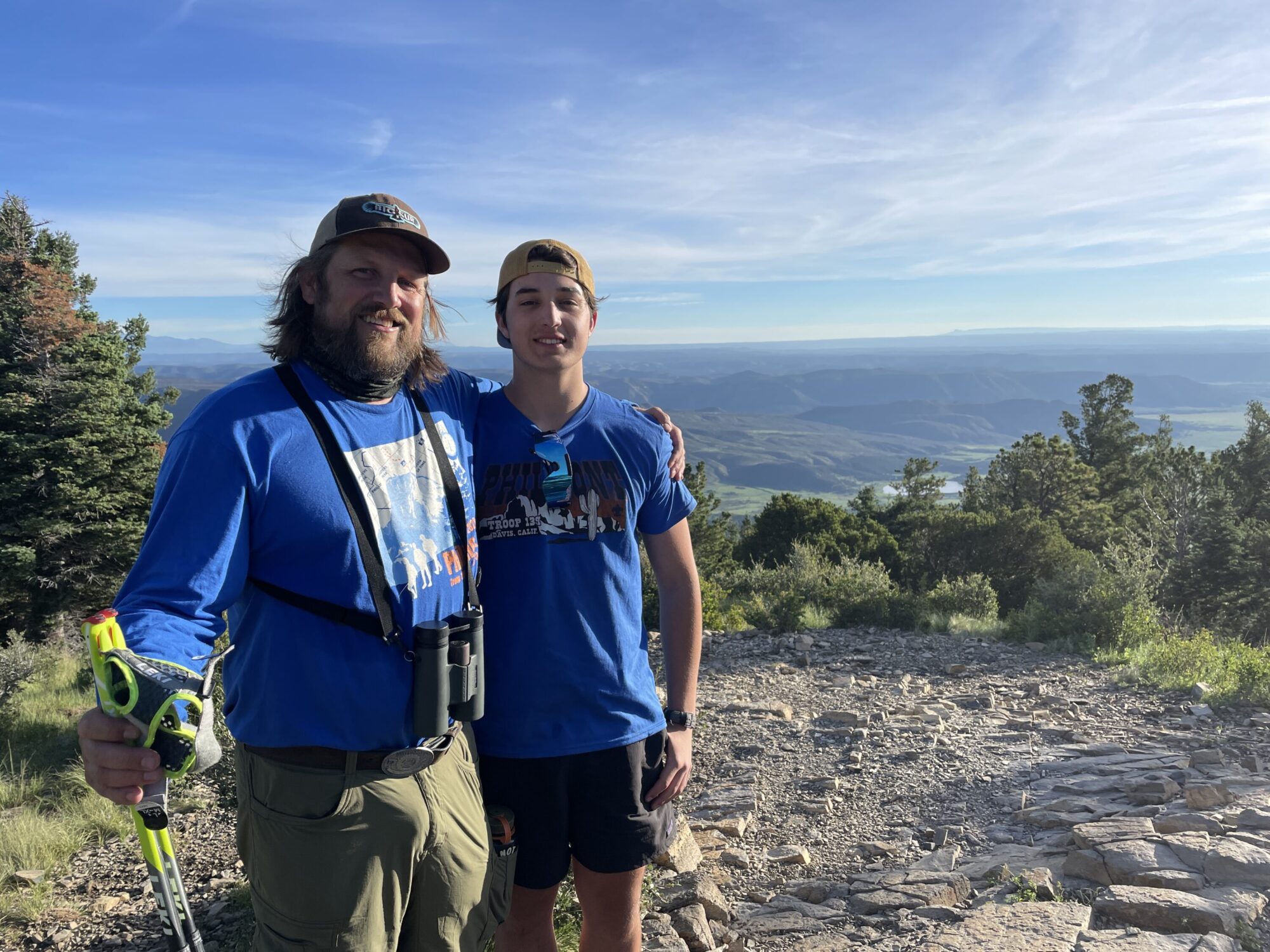
Dr. Christensen and his son, Parker, on one of the many summits of the Sangre de Cristo Mountains in New Mexico during a 74-mile hike.
So, age doesn’t have to eliminate meaningful and enjoyable experiences. But considerations must be taken to allow a body to do things now that in youth could be done without a second thought. The same is true for mental challenges. I prepare my mind and surroundings. Eliminate distractions. Make sure I have adequate sleep. I may need to purposefully do some mental exercises: meditation, yoga, breathing exercises. Five milligrams of escitalopram helps keep those stresses in their boxes. Besides Vitamin M, I also take Vitamins B12, C, and D3, fish oil, and glucosamine. My point is that I still live a fulfilling physical and mental life, despite negative age-related changes. I just have to make sure I’m taking some reasonable measures to allow myself to enjoy life in ways similar to what I used to do.
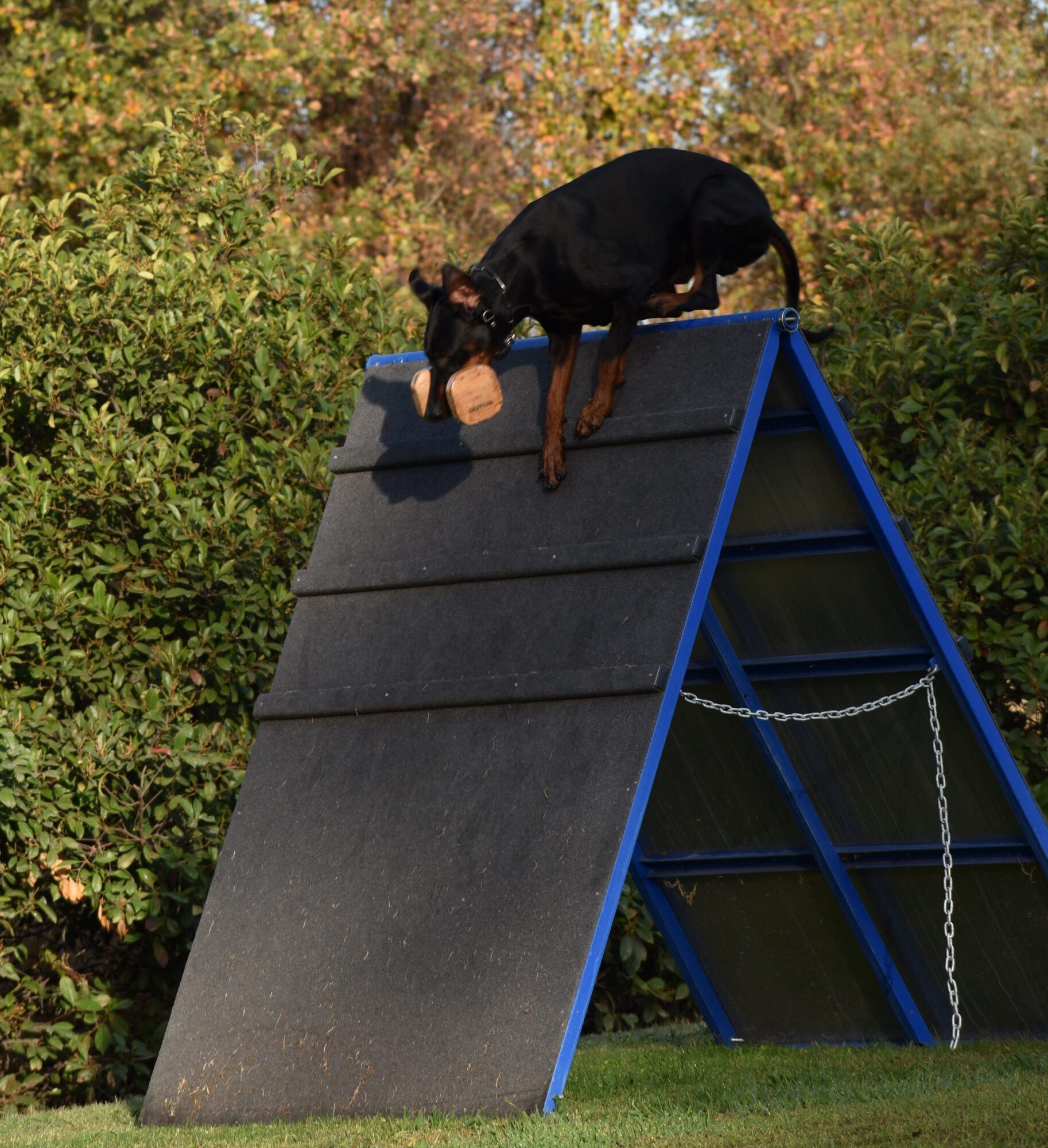
Grecko, an 8-year-old Doberman Pinscher, has had an impressive career in both sports and the show ring, recently completing his UDC Championship.
Owner: Marie Miller
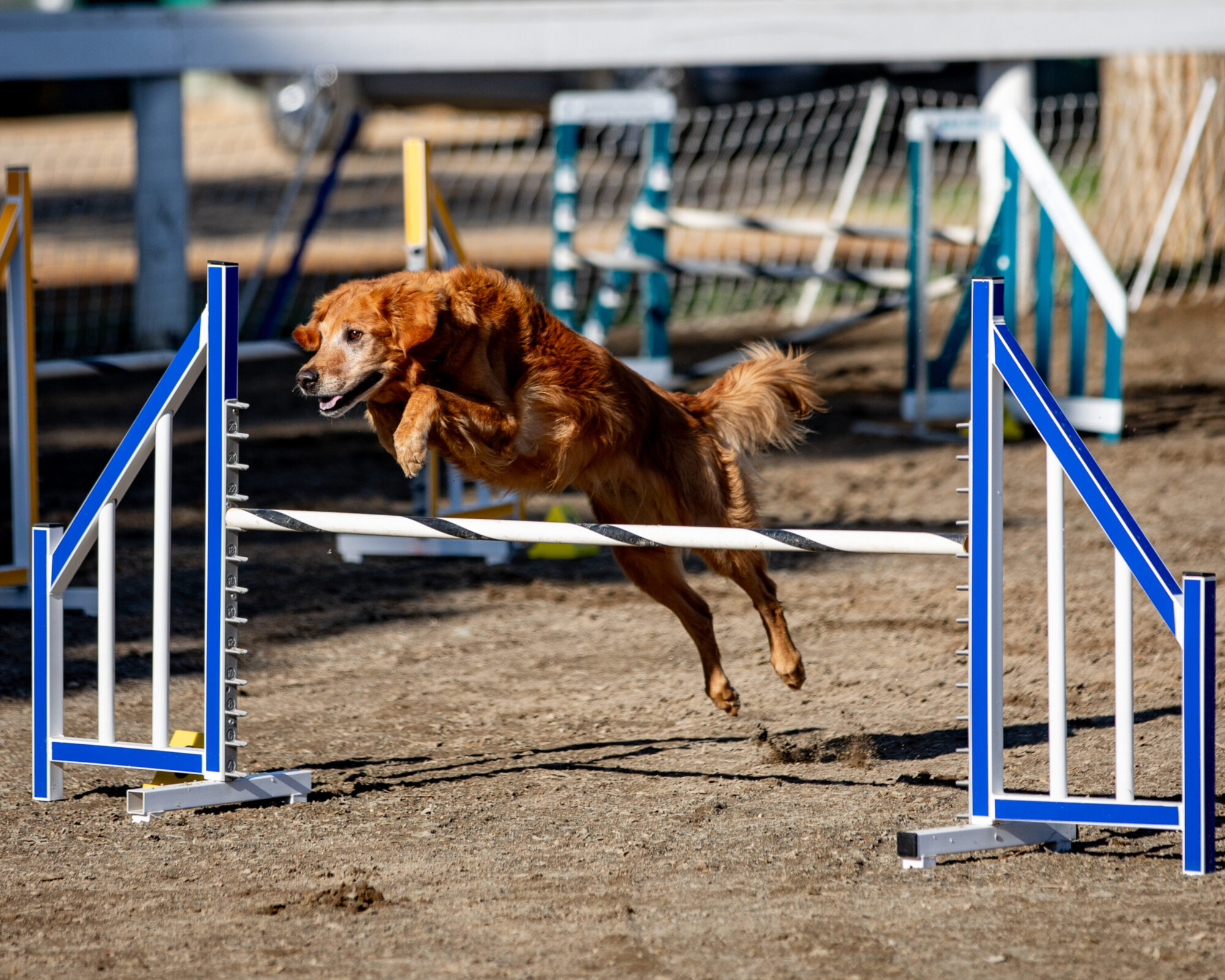
Kaydyn, a 12-year-old Golden Retriever, continues to enjoy agility competitions, field training, and outdoor adventures despite his chronic health issues.
Owner: Kelley McNair
I recently turned 50 and one of my birthday presents was my first colonoscopy. That was a joyful experience. Ugh. Actually, the purging prep was worse than the actual exam. But in truth, I’m grateful. What a blessing to be able to have screening tools to catch serious diseases early, when we can still do something about them! Screening for prostate disease? Diabetes? High blood pressure? Other familial tendencies? Sign me up! Ladies out there, when’s your next mammogram? Pap smear? Bone density test? Diagnostic tests for debilitating conditions help us detect problems early on and know what adjustments we need to make to help us age more gracefully.
I am, at my biological core, just another animal. Aging is what biological beings do. All animals age and experience mental and physical challenges. We see this most intimately in our family pets. In the excellent western film, Open Range, the two leads, played by Kevin Costner and Robert Duvall, are heading on a long ride into town. They have an old camp dog, Tig, who looks up with bright eyes and wags her tail as they saddle the horses. A young cowhand, Button, who is staying behind with the cattle, holds Tig back and says, “Wants to go.” Costner’s character responds, “She acts like she does, but she don’t. Still got the heart, not the legs.”
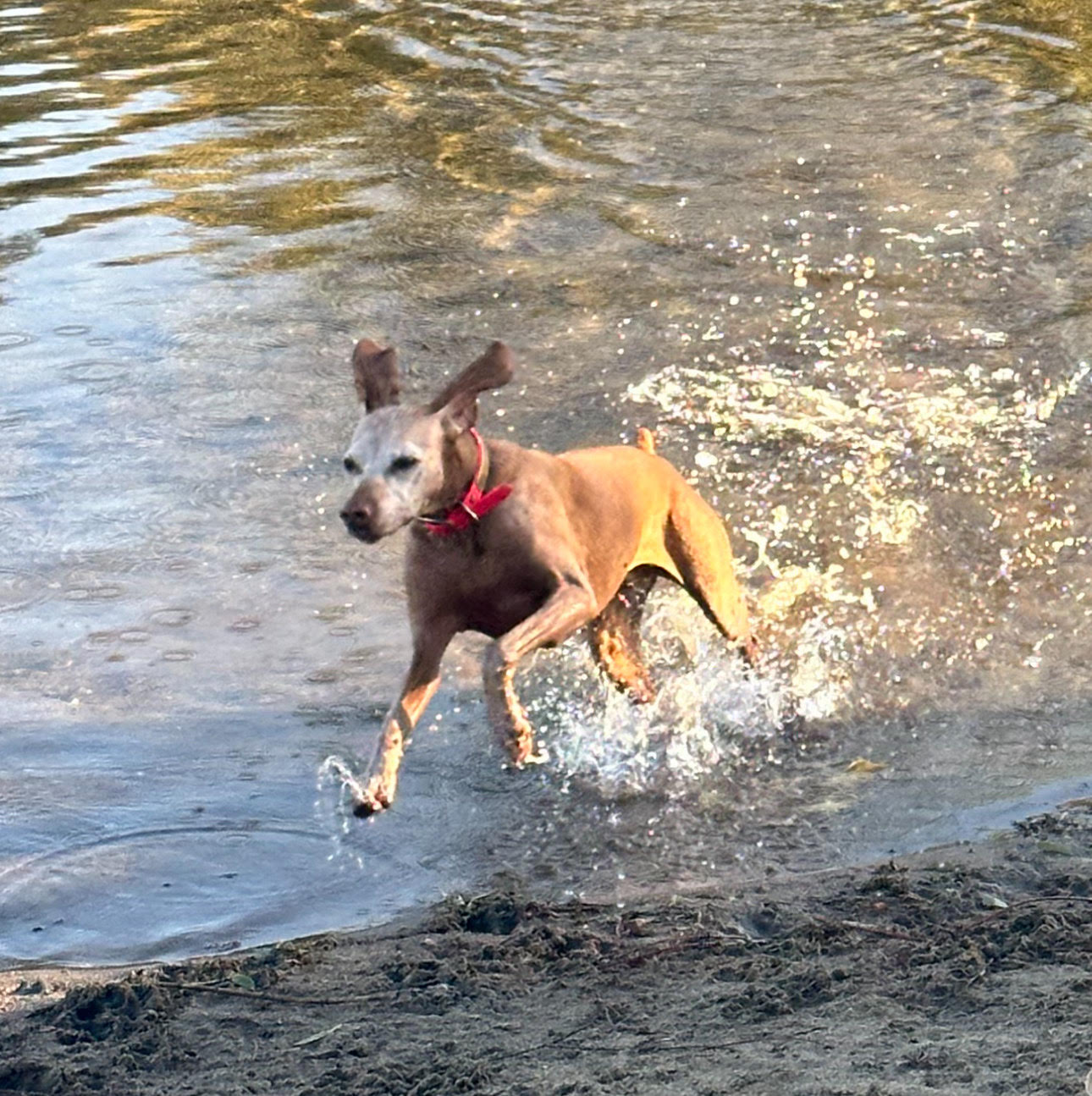
Envy, a 12-year-old Vizsla, loves hunting, running by the river, and relaxing. She successfully had a TCI at Kokopelli at age 7.
Owner: Colleen Meacham, Adara Vizslas
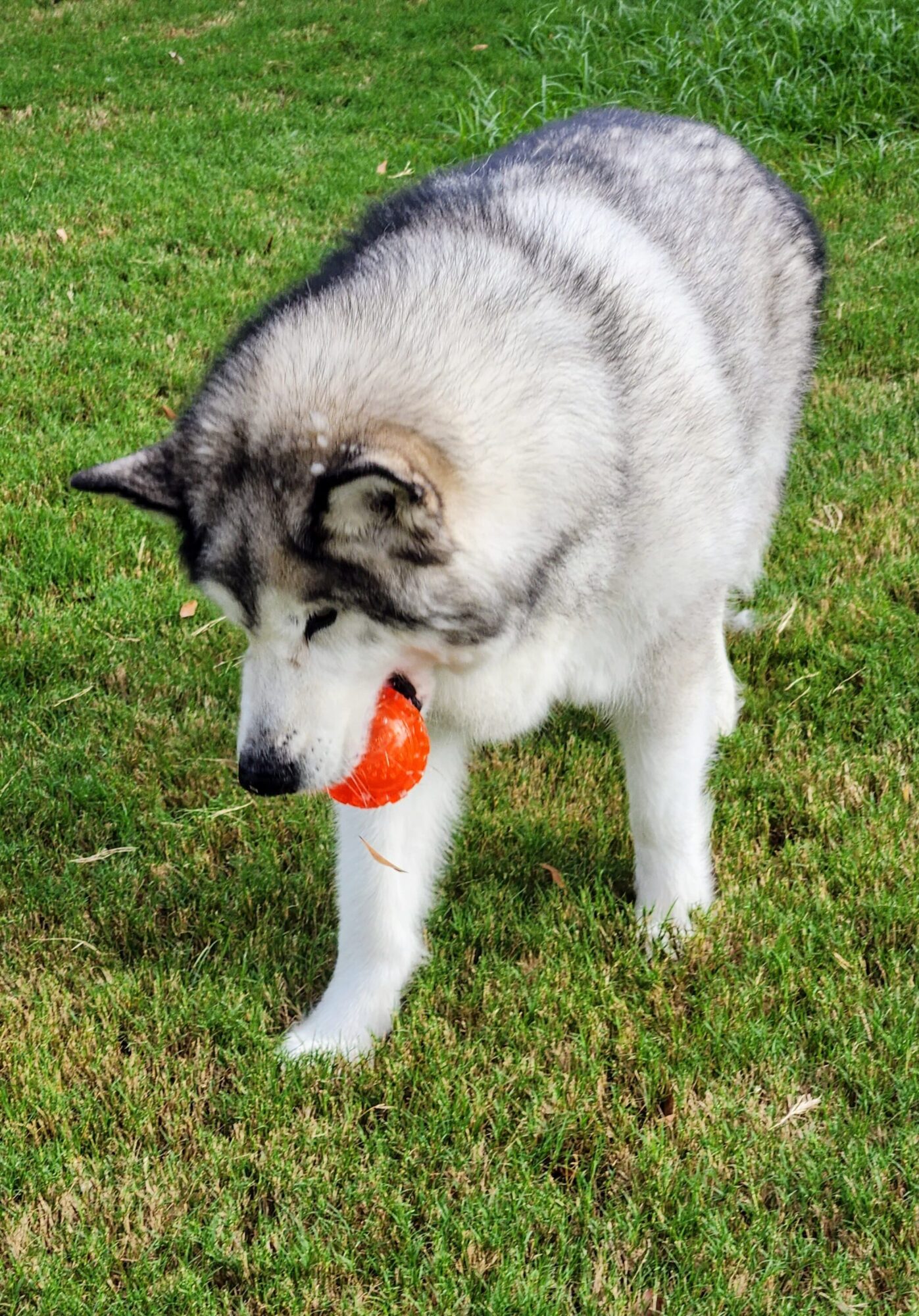
Kai, a 10-year-old Alaskan Malamute, is a sweet and athletic therapy dog who keeps everyone laughing with his vocal nature and love for horses and pigs.
Owner: KC Criddle
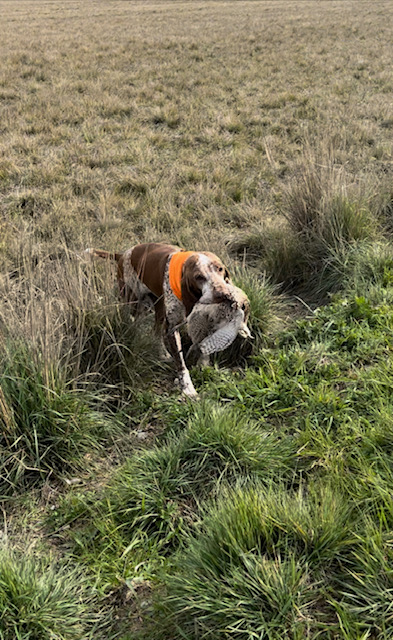
Lia, a 10-year-old Bracco Italiano, loves hunting pheasant at Hastings Island Hunting Preserve. She has had two successful litters thanks to Kokopelli.
Owner: Valerie Kessler, Riverbend Braccos
But just like there are options to help me tackle physical and mental challenges as I age, we have tools to help senior pets feel better and enjoy a higher quality of life. Just like for us as we age, there are tests that we recommend for our pets as they age to try to catch problems early and either prevent or slow the progression. Annual visits to see your vet become even more important as your pet ages. Through physical examination and basic laboratory tests we can detect problems with the heart, liver, kidneys, musculoskeletal, neuromuscular, and endocrine systems. Regular dental exams and cleaning are critical to a pet’s ability to stay healthy. And we have tools to treat the maladies associated with aging in animals. We have excellent treatments for heart disease, osteoarthritis, urinary issues, ocular disease, diabetes and other endocrine disorders, and even cognitive dysfunction.
Expanding our scope at Kokopelli from our specialty focus on fertility has allowed us to enjoy helping pets at all stages of life, and it is an absolute joy to help an older dog, cat, or horse rediscover the bounce and pep they lost somewhere along the way.
El Gavilan’s Century Ride at Age 26
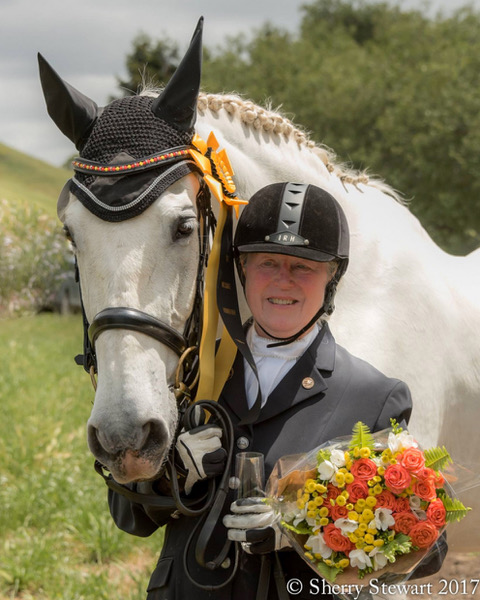
El Gavilan, a 26-year old PRE gelding, is shown here after completing his US Century Ride with his owner Carol. (The sum of ages of horse and rider must exceed 100). The pair enjoyed competing in dressage for 22 years! They understood each other deeply; he was her beloved companion every day of his long life. Dr. Christensen and his team produced El Gavilan’s talented son Lord Nelson using a special ICSI process.
Owner: Carol Alonso
Angel the 12 y.o. Miniature Australian Shepherd
“Angel is a smart little escape artist!”
Owner: Katherine Mundt
Blue the 12 y.o. Australian Shepherd
“She loves going with me in the car and expects lots of attention and affection by strangers when we get to our destination. She also likes to sneak in and take care of her great grandchildren when mom leaves for a potty break. She walks out with me morning and evening to help feed the horses and helps me train the puppies to follow off leash.”
Owner: Linda Whent
Carly the 9.5 y.o. Norwich Terrier
“She has been an amazing little show dog, but she prefers chasing a ball and the cows next door along the fence line. She acts like she is 3, and still races my 1 y/o. I only wish I could clone her!”
Owner: Diane Anderson, Goldrush Norwich Terriers
Casey the 15 y.o. Cavalier King Charles Spaniel
“Casey loves to go for a walk around a small lake near our home. Also, he loves sleeping on our bed every night.”
Owner: Joanne Chan, Onthemark Cavaliers
Chiara the GSD
“Once in a lifetime girl. She loved Schutzhund training until it was time to find the bad guy, which she did, but refused to bite him. The trainer concluded ‘You have a cosmetic guard who will bark on command…that’s all.’ She was spirited until the end.”
Owner: Katherine Edison
Daisy the 17.5 y.o. Terrier Mix
“Daisy is the little mutt who recently passed away at 17.5 years old. She loved off-leash walks, car rides, and sitting in front of the wood stove. She had kidney failure for the last few years and was my medical miracle.”
Owner: Tracy Larkin
Diego the 11 y.o. Airedale Terrier
“Diego at 13 years young. Enjoying a spring day in a California Central Valley almond orchard. Diego passed at 14 years old in 2023.”
Owners: Patricia Gregg and Sandra and Tom Pesota, Avalon Airedales
Dilly Dilly the 7 y.o. Bulldog
“He was the number 1 owner-handled bulldog in 2019 and in 2021… he’s retired and loving the couch life.”
Owner: Pat Buchanan, Sureshot Bulldogs
Disco the 10 y.o. Whippet
“Disco is a patient of Kokopelli. He enjoys walks, hiking, swimming (he loved dock diving in his younger years and will gladly continue if I let him!), making puppies, and yelling at us for snacks. He’s a Bronze Grand Champion with AKC. This photo of him with his ribbons was taken at our first Whippet National. Disco went 2nd place out of a class of 24 veterans! WOW! He also completed his Rally Novice title with a score of 97 at the National.”
Owner: Che Rivera
Dodger the 12 y.o. English Cocker Spaniel
“Here is Dodger, 12.5 yo English cocker spaniel enjoying his favorite sport of scentwork. Dodger is Ch Barrister Copperfield and, in addition to scentwork, has titles in obedience, agility, and rally.”
Owner: Mary Barrett, Rockstar English Cocker Spaniels
Elle the 11 y.o. Bulldog
“Elle gave us 3 champions from the only time she was bred. She rules the house, other dogs and us!”
Owner: Pat Buchanan, Sureshot Bulldogs
Envy the 12 y.o. Vizsla
“Kokopelli did a successful TCI with her at 7. She’s 12 now and still enjoys hunting, running at the river, and relaxing.”
Owner: Colleen Meacham, Adara Vizslas
Faraday the 8 y.o. Leonberger
“Faraday the Leonberger running FastCAT back in July. She was age 7 then, but was also running today at age 8 and picked up an FCAT7 title, the only Leonberger to have one. This is her sport – she’s slowing down with age (she was the fastest Leonberger in the country a few years ago), but the enthusiasm is still there for it and I have to drag her off the course at the end.”
Owner: David Hough, Llondel Leonbergers
Fin the 14 y.o. Border Collie
“Fin the Border Collie, at age 14, is a kind and gentle soul. His ‘sweet as pie’ attitude enables him to be an effective stimulus dog—putting other dogs at ease as they learn he’s nothing scary. Fin is well paid for his work in boiled chicken, freeze-dried liver, or string cheese. He does his stimulus work at Fur and Featherworks. He has been the first dog friend to dozens of dog reactive/ fearful dogs.”
Owner: MJ Osterfoot
Gaga the 11 y.o. Boston Terrier
“This is our Gaga, who turned 11 in November, earning her FCAT title, in April… and proving to the young ones in our pack that she’s still got it.”
Owners: Dolores and John Ferrero, Delphi Boston Terriers
Grecko the 8 y.o. Doberman Pinscher
“Here is Grecko who is 8 years old now that I imported from Finland. He has accomplished more than any other Doberman in the US and is still going strong. He has a holter done every year and in this picture, you can see the shaving that was done 2 weeks before this competition. After his sport career, I put him in the show ring, and he has completed his points for his UDC Championship.”
Owner: Marie Miller
Homor the 13 y.o. Rhodesian Ridgeback
“In June ’24, she made her last round around the ring in veteran sweeps winning Best Veteran and she was so happy. But each month she seems to be failing more. She is the Grand-Dam of Sassy CH JusticeRidge Moriah’s Honor And Glory JC ROM.”
Owner: Tina Jones, Justice Ridge Rhodesian Ridgebacks
Ishtah the 12 y.o. Saluki
“Having retired from the show ring, apart from being a couch potato and begging for food, Ishtah’s favourite thing to do at the moment is chase his 2 grandchildren around the garden under the guise of teaching them manners.”
Owner: Tracy Larkin, TnT Shiraa Salukis
Izzy the 9 y.o. Standard Schnauzer
“She had one litter of 6 (2 champions , 1 GCHB) and so far has 9 grand pups (3 CH so far). She loves going on trips in the trailer, chasing rabbits, playing with her ball, going on walks, and showing in veteran sweeps (treats and pets- yes please!). She is loved by anyone who meets her and is a great ambassador to the breed. Loved dearly by her human.”
Owner: Sheri Irion, Vorberg Schnauzers
Jodi the 9 y.o. Shetland Sheepdog
“She just turned 9 years old and still going strong. Getting her ready for the Sheltie National in Greely Colorado in April. She will be shown in Veterans.”
Owner: Jan Martin, Perdita Shelties
Kai the 10 y.o. Alaskan Malamute
“Kai is a Storm Kloud Malamute/Nancy Russell dog, one of Viking’s last sons. He has carried on in doing pet therapy, much as Viking did. He is very vocal, loves horses and pigs and vice versa. Very athletic and sweet as well as obstinate. Keeps us laughing!”
Owner: KC Criddle
Kali the 13 y.o. Standard Poodle
“Kali loves to go fishing on the bass boat, watching the horses and barking at the wild turkeys. She loves playing chase (although she does not run and jump) the flirt pole and occasionally, not that often, with the other girls in the yard, or tug with toys in the house. She has had many puppies. She is the survivor of pyometra. She eats Purina pro plan performance beef and bison. She is the grand dam, and still occasionally plays rough with the other girls in the yard, although she does not run as far and as fast as them. Her eyes are cloudy, and her hearing is not as good. She weighs around 50 pounds, which has always been her stable weight.”
Owner: Cindy Paul, Cinnfully Sweet Poodles
Kaydyn the 12 y.o. Golden Retriever
“He has some chronic health issues, but doesn’t let it keep him down. He still loves competing in agility, training in the field & spending time swimming, hiking & playing with his little brother, baby sister, & (human) Mom.”
Owner: Kelley McNair
Koda the 11 y.o. Labrador Retriever
“Koda is always a loving goofball, loves swimming, hiking, and playing fetch.”
Owner: Jessica Ballenger
Lia the 10 y.o. Bracco Italiano
“I imported her from Italy in 2015. She will be 10 years old next month! Kokopelli AI’d Lia 2x (9 puppies first litter and 13 puppies 2nd litter). Here she is at home. Her happy place is in the field hunting pheasant at Hastings Island Hunting Preserve in Rio Vista.”
Owner: Valerie Kessler, Riverbend Braccos
Loony Luna the 11 y.o. Belgian Malinois
“She is my retired FEMA USAR search dog canine partner. She enjoys ice cream cones on her birthday, light hiking, obedience and traveling with me.”
Owner: Nicole Peacock
Pepe the 10 y.o. German Shepherd Dog
“He is happiest going on hikes and playing fetch.”
Owners: Camilla and Jeff Hart, Sentinel Harts German Shepherds
Rider the 14 y.o. American Staffordshire Terrier
“Rider was shown the first time in 9-12 class at a specialty in Palm Springs. He went reserve and the judge said that I must realize that I have a very special puppy. He was and still is a wonderful dog that is a joy to live with. So much so that I will not look for another when he is gone.”
Owner: Giselle Simonds
Rocki the 10.5 y.o. Basset Hound
“Snuggling with her granddaughter, Emma.”
Owner: Pam Chandler, Bossanova Bassets
Rocky the 10 y.o. Frenchie
“Rocky loves to cuddle his Mommy, lay in the sun, and run around doing zoomies. He is still full of life and love! He is the sweetest, kindest best friend anyone could ever ask for!”
Owners: Lee and Scott Farmer
Ruthie the 14 y.o. Bulldog
“Ruthie was from a litter of 4, 2 finished their championship. Ruthie wasn’t a show girl, but was an active part of the gym, which her family owned. She’s still going strong!”
Owner: Pat Buchanan, Sureshot Bulldogs
Sadie the 11 y.o. Golden Retriever
“She absolutely loves dock diving more than anything else in the world. She is getting a bit older now, so she can’t jump as high or as far as she once could, her best jump ever was 16′ 6″, but she still loves it and that is all that matters. This girl is my everything.”
Owner: Tammy Warwick, Dream Golden Retrievers
Shadow the 11 y.o. Basset Hound
“Shadow is the trifecta of basset hounds… She has achieved success in the show ring, field and the whelping box. Born 2/2/13 she still participates in field trials and shows and recently won the champion class at the Northern California Basset Hound Club fall field trials. She also is a master counter surfer!!”
Owners: Patti and Gary Palmer, Rivercity Basset Hounds
Stella the 13 y.o. Golden Retriever
“She had an ovary-sparing spay (OSS) at 2 years old. Solid muscle. Swims in Humboldt Bay daily. Runs on the beach and still goes on duck and pheasant hunts!”
Owner: James Giacalone, Retrieverworx
Timber the 8 y.o. Bernese Mountain Dog
“She has her CD, NDD, Rally level 2, and working on the last leg for her Excellent title in Canine Scent Work and novice Draft Dog. More than that she is the light in my life and is never happy unless she is beside me.”
Owner: Bobbie Hefner
Victoria the 13 y.o. Basset Hound
“She still loves to play with the puppies and keeps all the foster kittens in line.”
Owner: Ellen Johnson; Alexander Basset Hounds
Vienna the 17 y.o. Papillon
“Despite her bad heart, history of Pancreatitis, and old age, Vienna still breathes in the normal range, 20-25 times per minute at rest. She’s happy to be alive, is happy to be by my side and get petted. She licks my hands and thanks me every day. She still has ‘perky’ moments, when she’s outside and runs to bark at the squirrels on the fence line, or birds in the trees. She still sees well, but her hearing is mostly gone. I clap my hands when I want her to come to me, and she happily responds. She was my very first show dog, and in her youth, she was lovely, graceful and beautiful in the ring… I love her dearly. She also has a small pack of younger papillons to keep her company.”
Owner: Marilyn Barcellos, DalMar Papillons
Zenny the 13 y.o. Belgian Sheepdog
“Zenny lives in Truckee and goes for daily 2-3 mile walks. She loves to play and train and does a little obedience and nosework to keep her mind sharp almost every day. This photo was taken in October at Stampede Reservoir. She is running on the beach and playing with our other dog, Rafa.”
Owner: Janet Delight
To wit, I just beat my 18-year-old son twice in best-2-out-of-3 pickleball over Thanksgiving break (and took some Vitamin A afterwards…i.e, “Advil”). Life doesn’t end after summer; it just changes and requires some assistance. Lord Tennyson, reflecting on his past, his current aged state, and what he wanted out of what life he had left, continued in Ulysses to say “…all experience is an arch wherethro’ gleams that untravell’d world whose margin fades for ever and forever when I move.” There are ways both humans and our pets can keep chasing the untravell’d world even into our senior years. If you have a senior pet, or when you do, we strongly encourage you to talk to us about options to help your furry friend feel as good as they can for as long as they can. They’ve earned it. But I don’t need to tell you that. No one knows it better than you.



